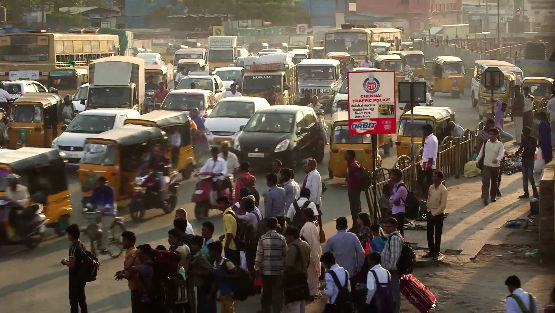The video entitled, “The New Face of Diabetes” presents the growing diabetes pandemic in India. Of the 1.3 billion people living in India, over 66 million have Type 2 diabetes and the number is estimated to reach 100 million before 2030.1 Add to that the 77 million who have prediabetes and the video has made it’s point—but it goes on to explain the paradox at the heart of this pandemic, the BMI fallacy, and how “excess” may not be the only cause.
Diabetes has been primarily thought of as a first world lifestyle disease, a result of eating an excess and sedentary habits. So how is India the diabetes capital of the world?
Dr. Mohan, author of Diabetes mellitus and its complications in India, explains that the phenomenon of a vastly underweight population plagued with diabetes has been his focus for over twenty years. In that time Mohan has discredited the myth that diabetes is linked to BMI and shows that it is instead linked to fat, and that it is visceral fat, the fat that surrounds internal organs like the liver, that is strongly associated with diabetes risk. 1

Dr. Yajnik and companion studied themselves to prove the BMI fallacy.
The video is an overview of Mohan’s research which has come to explore the link between fetal malnutrition and how the fetus develops its fat storing and insulin tolerance capabilities. The results are particularly interesting because Mohan has been able to study participants and their offspring for going on three generations, during which time India has undergone major industrialization. Mohan admits that changes to diet and physical activity play a part in India’s struggle with diabetes but, as India is the fastest developing country, it can’t be ignored that processed foods and a less active lifestyle are only intensifying the greater health issue.
The implications of Dr. Mohan’s study are enlightening, but it doesn’t let first world countries off the hook—the exacerbating factor is still fat and malnutrition which means diet and activity are fundamental to making progress with the global spread of diabetes.
You can watch the New Face of Diabetes video below:
You can read Dr. Mohan’s study Diabetes mellitus and its complications in India
http://www.nature.com/nrendo/journal/v12/n6/abs/nrendo.2016.53.html






